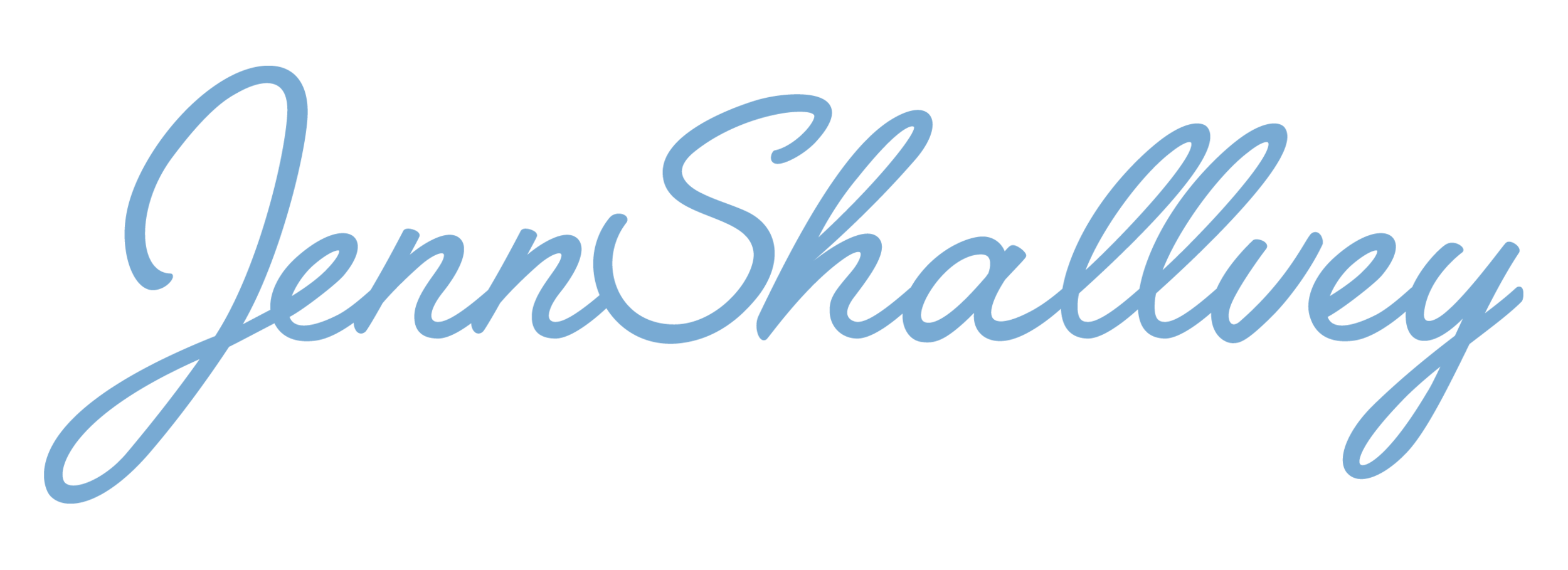Trust is not a four letter word
In many of the coaching sessions I am coach and the ones I attend as coachee, trust is a topic of discussion.
I started thinking about the idea of trust and what it means. I have worked with the concept of trust in many ways over the years. The fact that it is coming up again and again makes me think there is a lot to work on still.
Trust is made up of several factors. Four of these include self disclosure, intention, level of effort and degree of control.
Self disclosure
Self disclosure is the extent to which we share information about ourself with another person or group of people. The degree of self disclosure ranges from full to none. There are of course many reasons why we may or may not disclose information about ourselves. These may include circumstances, cultural upbringing, family of origin, experience, situation, person or people involved.
Intention
Intention is about the way we approach the situation. When it comes to what we share then we can range between sincerity and manipulation. The extent to which we choose why we share information versus being authentic reflects our intention.
Level of effort
Level of effort is not about making something happen. Instead it is about doing what we say or following through. It is the degree to which we put action behind our words.
Degree of control
Degree of control reflects how much we want to force or get the outcome to occur as we expect. The range here is between full control and fully letting go. When we are able to move more towards letting go then we can allow what happens to be the outcome.
So putting these all together we realise that we can assess our ability to build trust.
Dashboard assessment
To assess our trust building I suggest you simply take a piece of paper. Then draw four parallel vertical lines across the page. Label each line with the respective factors above. Write at the top of each line the end of the scale related to the desireable ends of the scale for each factor. Likewise choose the least desireable for the bottom. Then consider each line to have a scale of 1-10 and mark the lines with dashes accordingly.
When ready reflect on your trust building skills in each one of the scales. Then draw a bar across the line to indicate where you are with each factor. When you step back and look at the bars you can see if there is a pattern, room to move, aspects to leverage from.
So what?
The great thing about the above approach is you can do this on your own. Feedback helps but essentially you can assess how you are generally, across time, with certain people, or in certain circumstances.
You can also challenge yourself
While reflecting ask yourself some of these questions:
Can I raise the bar?
Do I want to raise the bar?
What will it take for me to lift these?
It's up to you
You don't have to wait for someone else to help you, though it is nice. Assessing yourself gives you the ability to decide whether and how you will shift to the more positive end of the spectrum. Suprisingly when you start working on yourself by lifting the bar on these factors you will notice others responding differently to you. Before you know it you are developing more trusting relationships and acting from a place of trust and belief in yourself.
This sounds pretty good to me so try it and let me know how you go.
Let's go there...
Jenn
